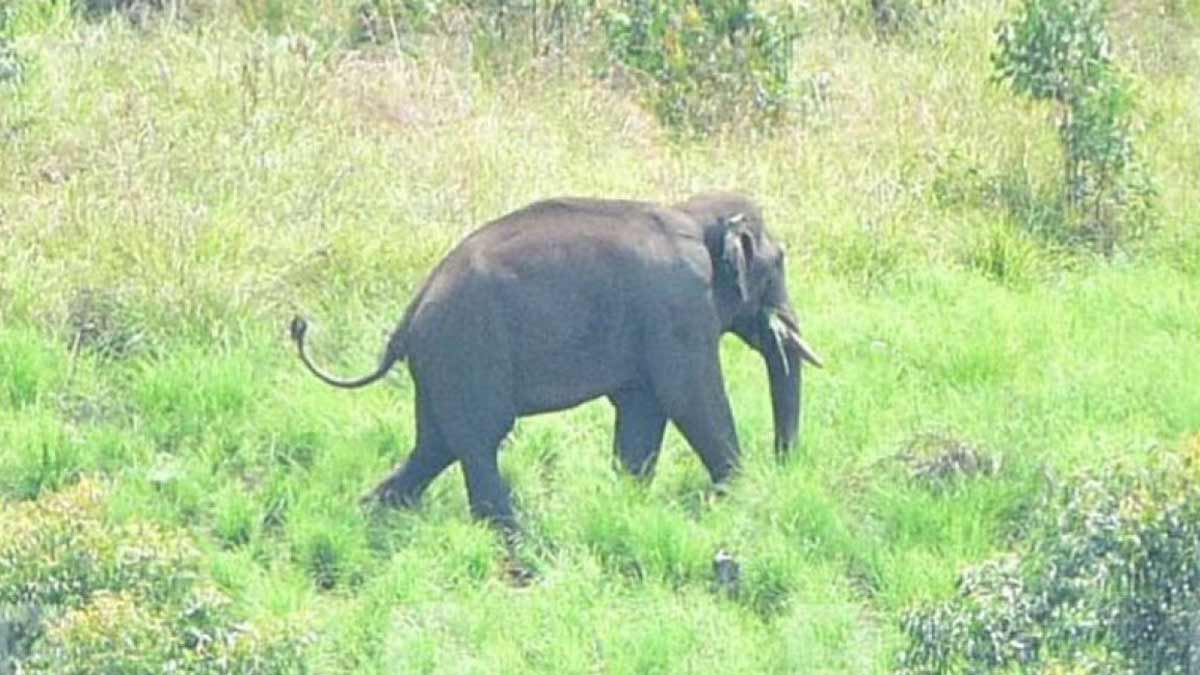Andhra Pradesh: High-tech teams to surveil elephants to prevent conflicts with humans

For the first time, the Andhra Pradesh government has activated a special Elephant Task Force to safeguard the tuskers and the local human communities. The task force with a strength of around 100 people includes biologists, animal trackers, forest guards, NGO members, department officials and others.
The task force will monitor the elephant movements in real-time in the elephant corridor stretching from Seshachalam forest to Koundinya Wildlife Sanctuary. The teams will cover five forest ranges in two districts—Chittor and Tirupati— where elephants are frequently seen. The information is gathered continuously and alerts are relayed to line departments like police, electricity, revenue, panchayat and local farmers and population to avoid human-animal conflict. In the last 2-3 months, two human deaths have occurred on this corridor after elephants attacked the humans.
C. Selvam, Conservator of Forest, Tirupati Circle, Andhra Pradesh, said, “During the daytime, the elephants stray into the forest pockets and in the evening or night, they venture into the nearby agricultural fields. The next morning they are back into the forest. They are small groups of tuskers. Right now there are 150 of them divided into small herds. We will monitor their movements 24x7 and inform the villagers in real-time so that their movements to their fields are curtailed as per animal movements.”
The task force will be headed by the DFO Tirupati and a separate monitoring cell has been established in Tirupati for this purpose.
According to the implementation plan, all vehicles engaged in elephant monitoring will be fitted with GPS trackers and connected to a control room which will operate throughout the day and night. Platforms like QGIS integrated with GPS plugins will be used to monitor patrol routes and integrate them with elephant movement corridors and known conflict zones for analysis. As per the plan, high-risk areas will be geofenced with alert systems which would be triggered during any elephant movement.
Field operations will be logged through mobile apps like Survey123 equipped with auto-GPS tagging and timestamping features. Every sighting, vehicle movement, conflict mitigation action and communication will be recorded in real-time to ensure a transparent and robust database which will be maintained using cloud platforms.
One of the key highlights of the plan is the ‘Elephant Safe Drive Audit’ system. Whenever an elephant is spotted stranded, it is guided back safely to the forested area. After every operation, the task force personnel must fill out a detailed real-time report using a Google Sheet. The report will cover vital information such as the start and end time of the drive, location of the conflict, route followed, disturbances faced, time taken for the elephant to re-enter the forest, and observations at the release point. GPS-based photographs and videos will be attached for evidence and analysis.
Strategies will be developed daily and weekly summaries and monthly analytics will be used to help the task force identify patterns, hotspot zones, and areas requiring urgent interventions.
To complement the field efforts, the task force will also set up early warning systems using SMS alerts, boom speakers and real-time broadcasts to communities living near elephant corridors.
India